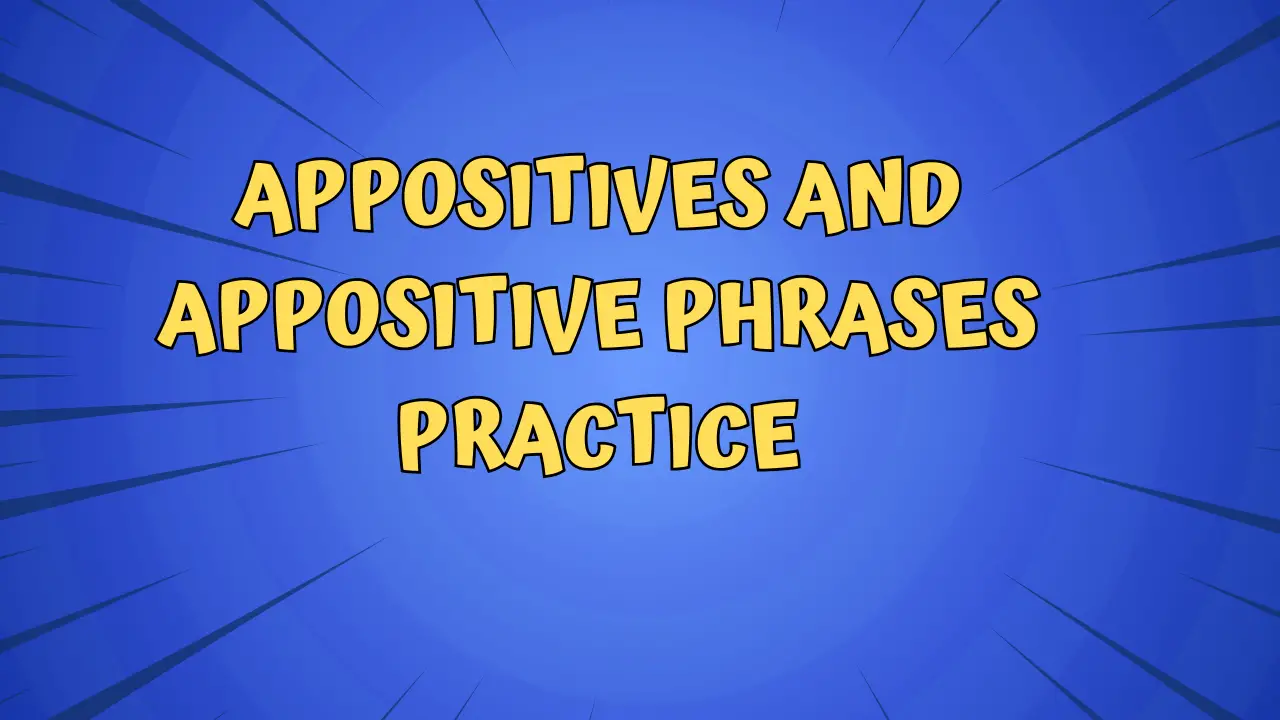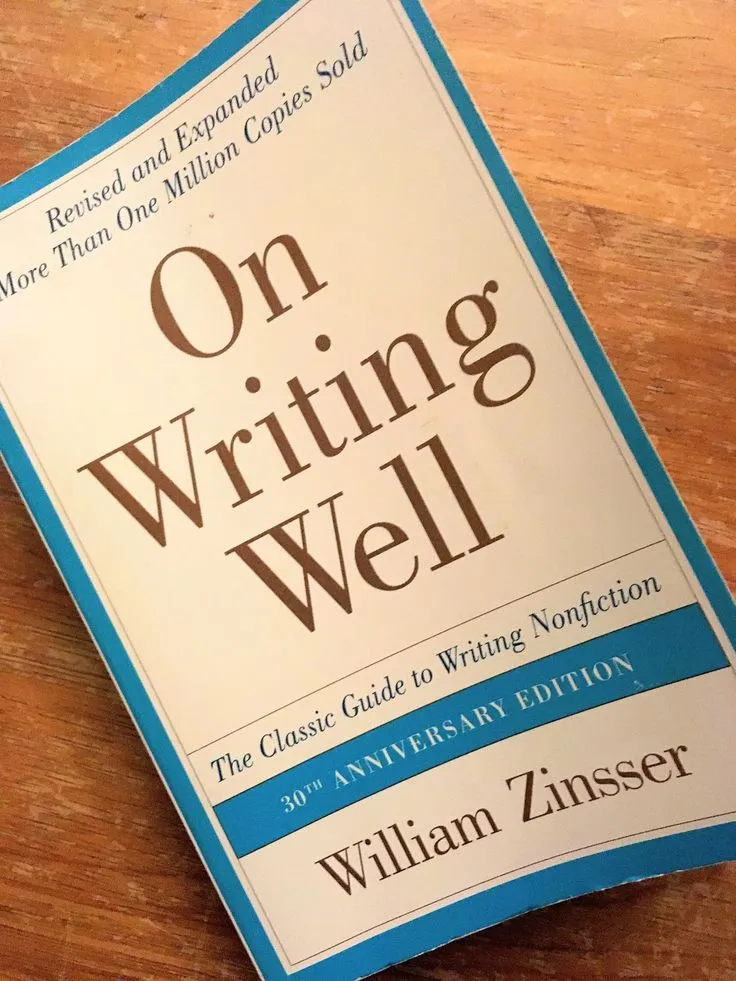Appositives are linguistic constructs employed in writing to provide additional information about a noun within a sentence. Essentially, an appositive functions as a modifier that offers more detail or clarity about the noun it accompanies. It achieves this by either renaming or explaining the noun, serving to enrich the reader’s understanding of the subject.
An appositive can take various forms, including single words or entire phrases, and it is often set off by commas or dashes to distinguish it from the rest of the sentence. This grammatical device contributes to the overall structure of a sentence, adding nuance and depth to the language used.
Importance of Appositives
- Enhancing Sentence StructureAppositives play a pivotal role in enhancing the structure of sentences. By providing additional information about a noun, they act as modifiers that not only add complexity but also contribute to a more sophisticated and varied sentence structure. This enhancement is vital for creating prose that is not only grammatically sound but also aesthetically pleasing, capturing the reader’s attention through well-crafted sentences.
- Adding Detail and Clarity to WritingBeyond their structural benefits, appositives are instrumental in adding detail and clarity to writing. They serve as tools for writers to offer a more comprehensive and vivid depiction of the subjects they are describing. Through appositives, authors can inject specificity into their narratives, guiding readers to a deeper understanding of the characters, objects, or concepts within the text. This clarity enriches the overall reading experience, making the content more engaging and accessible.In essence, the importance of appositives lies not only in their grammatical function but also in their capacity to elevate writing from mere conveyance of information to a more artful and nuanced expression of ideas. As we delve into the intricacies of appositives, we discover a powerful linguistic tool that enhances both the structure and content of our written communication.
Understanding Appositives
A. Examples of Appositives
- Simple Appositive ExamplesSimple appositives are single words or short phrases that directly rename or identify a noun. They often provide essential information to clarify or enhance the meaning of the noun. Examples include:
- My friend, the artist, painted a beautiful mural.
- The city, a bustling metropolis, never sleeps.
- Appositive Phrases ExamplesAppositive phrases are more extended constructions that provide additional information about a noun. These phrases can include multiple words and clauses, offering a richer and more detailed description. Examples include:
- The professor, renowned for his groundbreaking research in neuroscience, delivered an inspiring lecture.
- Our vacation, a journey through picturesque landscapes and historic sites, was truly unforgettable.
B. Rules and Guidelines
- Proper Punctuation (Commas, Dashes)Appositives are typically set off from the rest of the sentence by commas or dashes. This punctuation helps readers identify the additional information provided by the appositive. For example:
- Maria, an accomplished pianist, played at the concert.
- The team’s captain—known for her leadership skills—motivated her peers.
- Agreement with the Noun They ModifyAppositives should agree in number and gender with the noun they modify. This ensures grammatical correctness and coherence within the sentence. For instance:
- The actor, known for his versatility, received an award.
- The twins, talented musicians, performed together on stage.
- Placement Within a SentenceAppositives can appear at different positions within a sentence, depending on the desired emphasis. They can be positioned at the beginning, middle, or end. Examples include:
- My sister, an avid reader, recommended a fascinating book.
- The city never sleeps, a fact known to everyone.
Understanding these examples and adhering to the rules and guidelines for appositives will contribute to more effective and polished writing, enhancing both clarity and engagement in your sentences.
Benefits of Using Appositives
A. Improved Sentence Flow
- How Appositives Contribute to Smoother TransitionsAppositives serve as valuable tools for improving sentence flow by seamlessly connecting ideas within a sentence. They create a natural and rhythmic cadence, allowing the reader to follow the narrative or argument effortlessly. By providing additional information about a noun, appositives act as bridges, linking different parts of a sentence in a way that avoids abrupt shifts. This smooth transition enhances the overall readability of the text, making it more enjoyable for the reader to navigate and comprehend.Example:
- The old oak tree, standing tall in the center of the park, provided a welcoming shade for picnickers.
B. Enhanced Descriptive Writing
- Illustrating with Vivid Details Through AppositivesAppositives play a pivotal role in descriptive writing by injecting vivid details into the narrative. They allow writers to paint a more nuanced picture, creating a sensory-rich experience for the reader. Through the use of appositives, authors can provide specific information about the characteristics, qualities, or attributes of the noun, evoking a clearer mental image. This enhances the descriptive power of the writing, making it more immersive and engaging.Example:
- The bustling city market, a kaleidoscope of colors, aromas, and lively chatter, captivated visitors from all walks of life.
Incorporating appositives not only facilitates smoother transitions between ideas but also elevates descriptive writing by infusing it with precise and evocative details. These benefits contribute to a more polished and captivating writing style, fostering a deeper connection with the reader.
Appositives and Appositive Phrases Practice
A. Identifying Appositives
- Sentences for Readers to Identify Appositivesi. The author, a Nobel laureate, presented an insightful analysis of the literary landscape. ii. The mountain, covered in a blanket of snow, gleamed in the morning sunlight. iii. My friend Sarah, a talented photographer, captured the essence of the city in her latest series.
- Solutions and Explanationsi. The appositive is “a Nobel laureate,” providing additional information about the noun “author.” ii. The appositive is “covered in a blanket of snow,” offering more details about the noun “mountain.” iii. The appositive is “a talented photographer,” giving more information about the noun “friend Sarah.”
B. Creating Appositives
- Prompts for Readers to Construct Their Own Appositivesi. Construct an appositive for the noun “restaurant” in the following sentence: “The restaurant, _________, became famous for its unique fusion cuisine.” ii. Develop an appositive for the noun “piano” in the sentence: “The piano, _________, was a cherished family heirloom.” iii. Create an appositive for the noun “scientist” in this statement: “The scientist, _________, made groundbreaking discoveries in the field of genetics.”
- Feedback and Suggestionsi. Example: The restaurant, renowned for its innovative culinary creations, became famous for its unique fusion cuisine. ii. Example: The piano, a beautiful antique with ivory keys, was a cherished family heirloom. iii. Example: The scientist, celebrated for his pioneering work in genetics, made groundbreaking discoveries in the field.
Encourage readers to share their answers and provide feedback on their appositives. This interactive exercise not only reinforces understanding but also allows for creativity and application of appositive principles. Providing model solutions with explanations helps learners grasp the concept more effectively.



